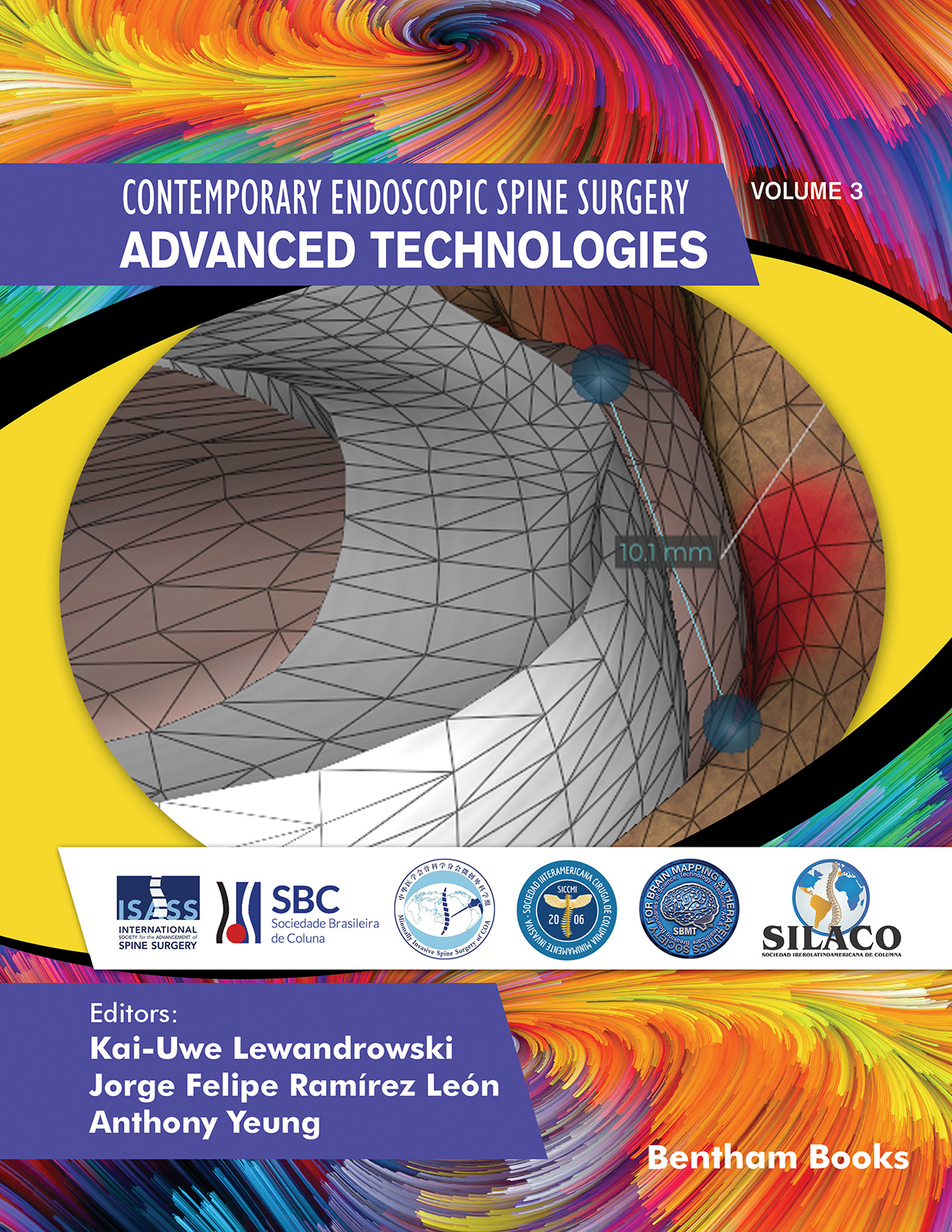Introduction
Contemporary Endoscopic Spine Surgery brings the reader the most up-to-date information on the endoscopy of the spine. Key opinion leaders from around the world have come together to present the clinical evidence behind their competitive endoscopic spinal surgery protocols. Chapters in the series cover a range of aspects of spine surgery including spinal pain generators, preoperative workup with modern independent predictors of favorable clinical outcomes with endoscopy, anesthesia in an outpatient setting, management of complications, and a fresh look at technology advances in a historical context. The reader will have a first-row seat during the illustrative discussions of expanded surgical indications from herniated disc to more complex clinical problems, including stenosis, instability, and deformity in patients with advanced degenerative disease of the human spine. Contemporary Endoscopic Spine Surgery is divided into three volumes: Cervical Spine, Lumbar Spine, and Advanced Technologies to capture an accurate snapshot in time of this fast-moving field. It is intended as a comprehensive go-to reference text for surgeons in graduate residency and postgraduate fellowship training programs and for practicing spine surgeons interested in looking for the scientific foundation for expanding their clinical practice towards endoscopic surgery.
This volume (Advanced Technologies) covers the following endoscopic spine surgery topics in 19 detailed chapters: endoscopic intradiscal therapy and foraminoplasty, evidence based medicine in spine surgery, artificial intelligence for spine surgery, postoperative management, transforaminal lumbar endoscopy and associated complications, laser applications in full endoscopy of the spine, high frequency surgery for the treatment of herniated discs, lumbar MRI, cost and maintenance management of endoscopic spine systems, regenerative medicine, interbody fusion, endoscopic intravertebral canal decompression after spinal fracture, treatment of lumbar tuberculosis, treatment of degenerative scoliosis, treatment of thoracic meningioma with spinal canal decompression, and cervical endoscopic unilateral laminotomy for bilateral decompression (CE-ULBD).
Audience: Postgraduate residents and fellows in orthopedic surgery, neurosurgery, general surgery and health professionals in pain management clinics.

